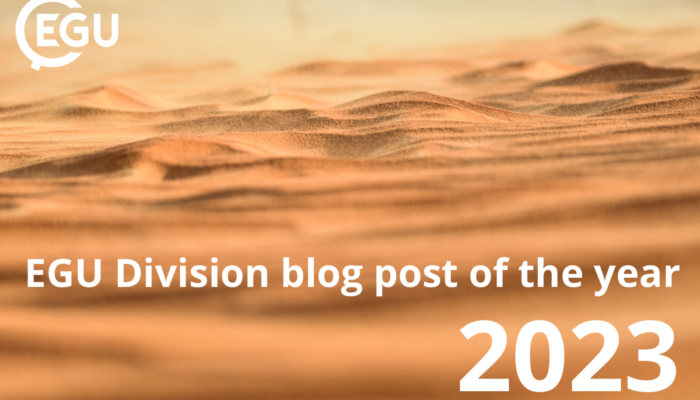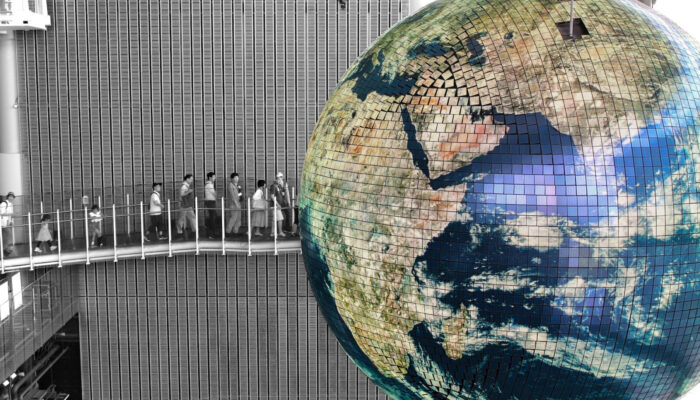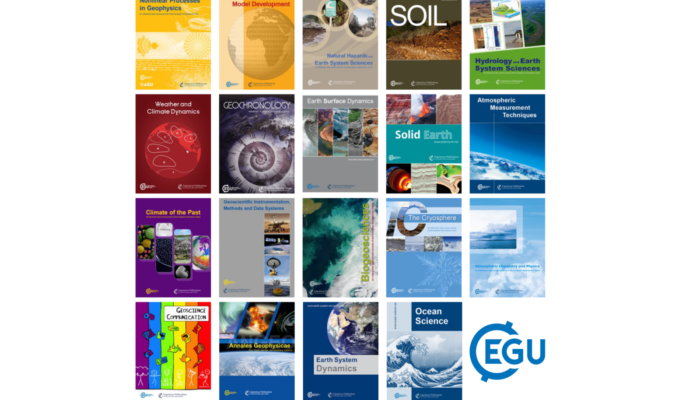Our EGU blogging team has had a fantastic 2023 posting across our official blog, GeoLog and the division blogs. With the Near Year now officially upon us, you may know that we like to pause and reflect on our blogging efforts of the year gone by! Much like previous years, we saw yet again an impressive and insightful collection of blog posts throughout 2023. Most of our readers appreciate EGU’s bl ...[Read More]
The Global South Climate Database: one thousand experts in one year!
Climate change is one of the most urgent problems facing humanity today. Every corner of the planet is already feeling the impacts of climate change, from devastating heatwaves to sweeping floods. The wealthy and powerful are responsible for the lion’s share of greenhouse gas emissions. Yet, the impacts of climate change are disproportionately felt by the poorest and most vulnerable members ...[Read More]
GeoPolicy: Science-Policy Pairing Schemes in Europe – a regularly updated list

Pairing schemes are a great way for researchers to learn more about policymaking processes and how science is used in political decision-making! This month’s GeoPolicy Blog post highlights various European-based science-policy pairing scheme opportunities that researchers can apply for. Science-policy pairing schemes provide researchers with the opportunity to gain a better understanding about how ...[Read More]
GeoRoundup: the highlights of EGU Journals published during December!
Each month we feature specific Divisions of EGU and during the monthly GeoRoundup we put the journals that publish science from those Divisions at the top of the Highlights roundup. For December, the Divisions we are featuring are: Geodynamics (GD), Geomorphology (GM) and Soil System Sciences (SSS). They are served by the journals: Biogeosciences (BG), Earth Surface Dynamics (ESurf), Geoscientifi ...[Read More]



